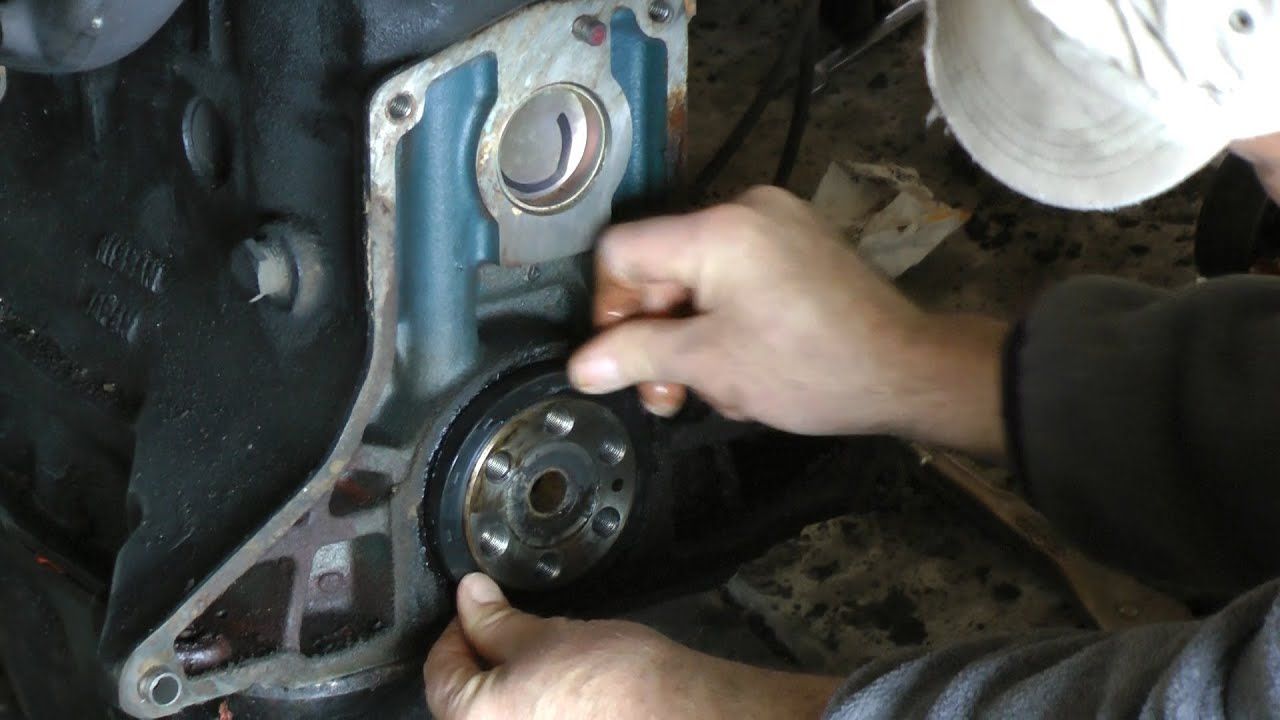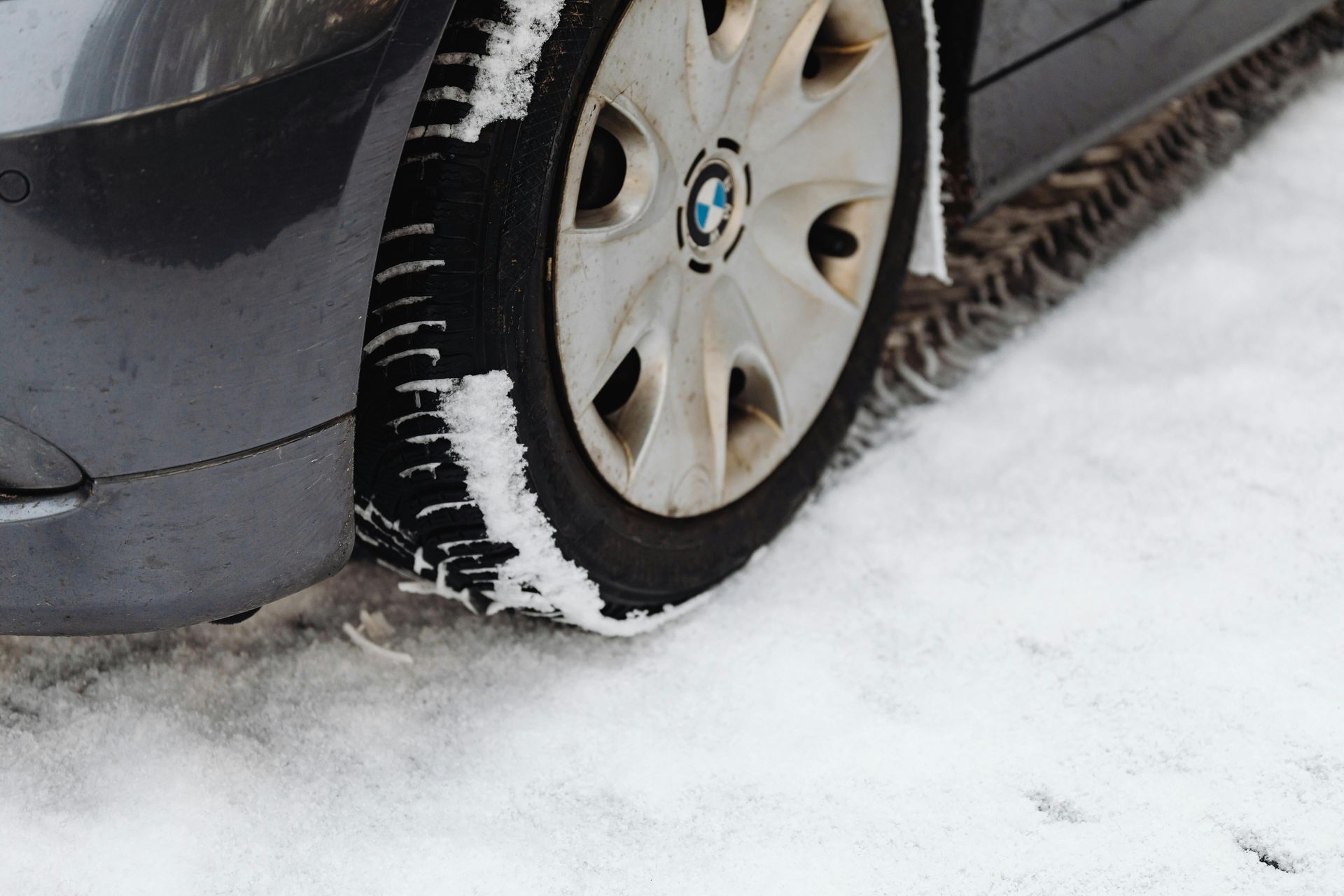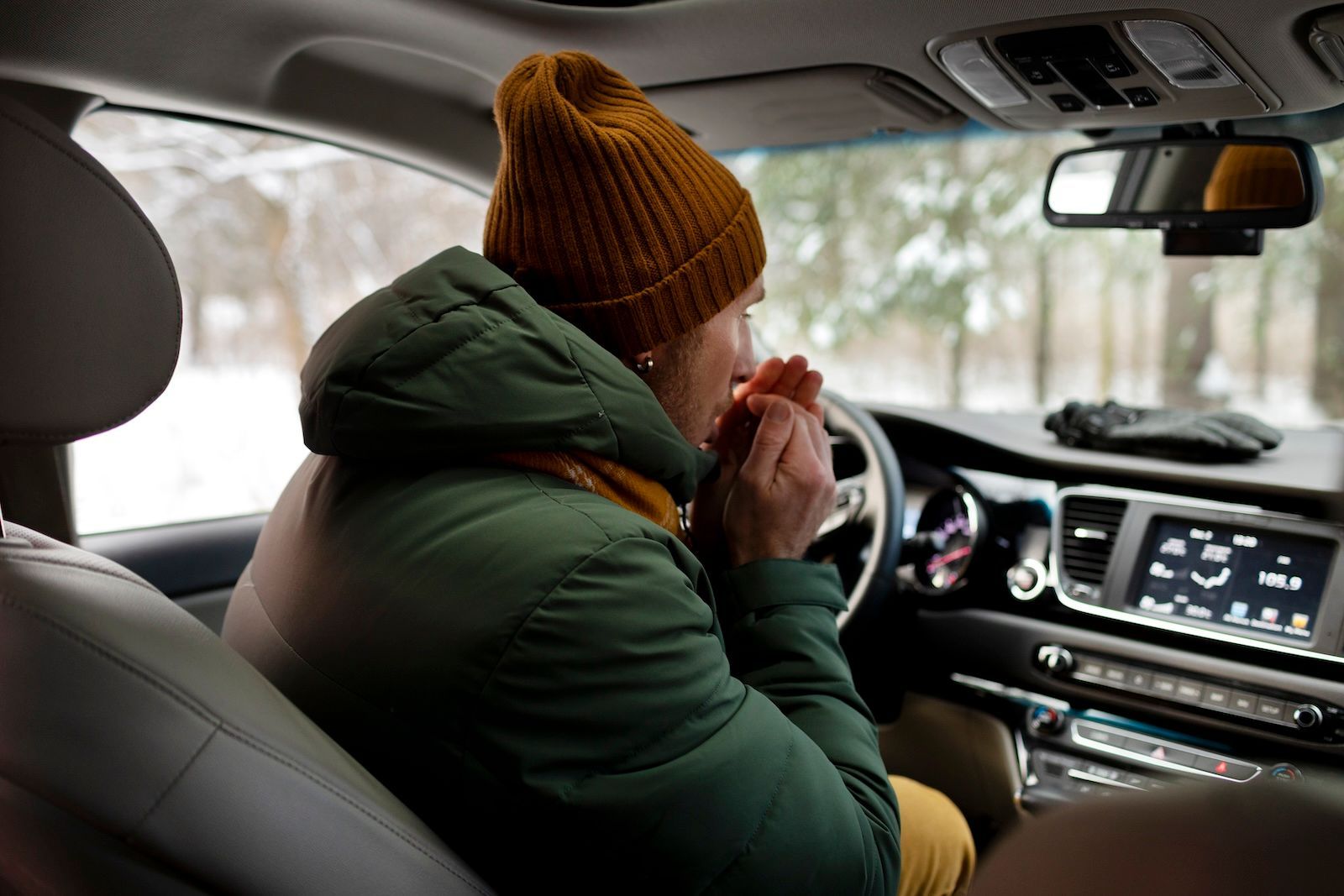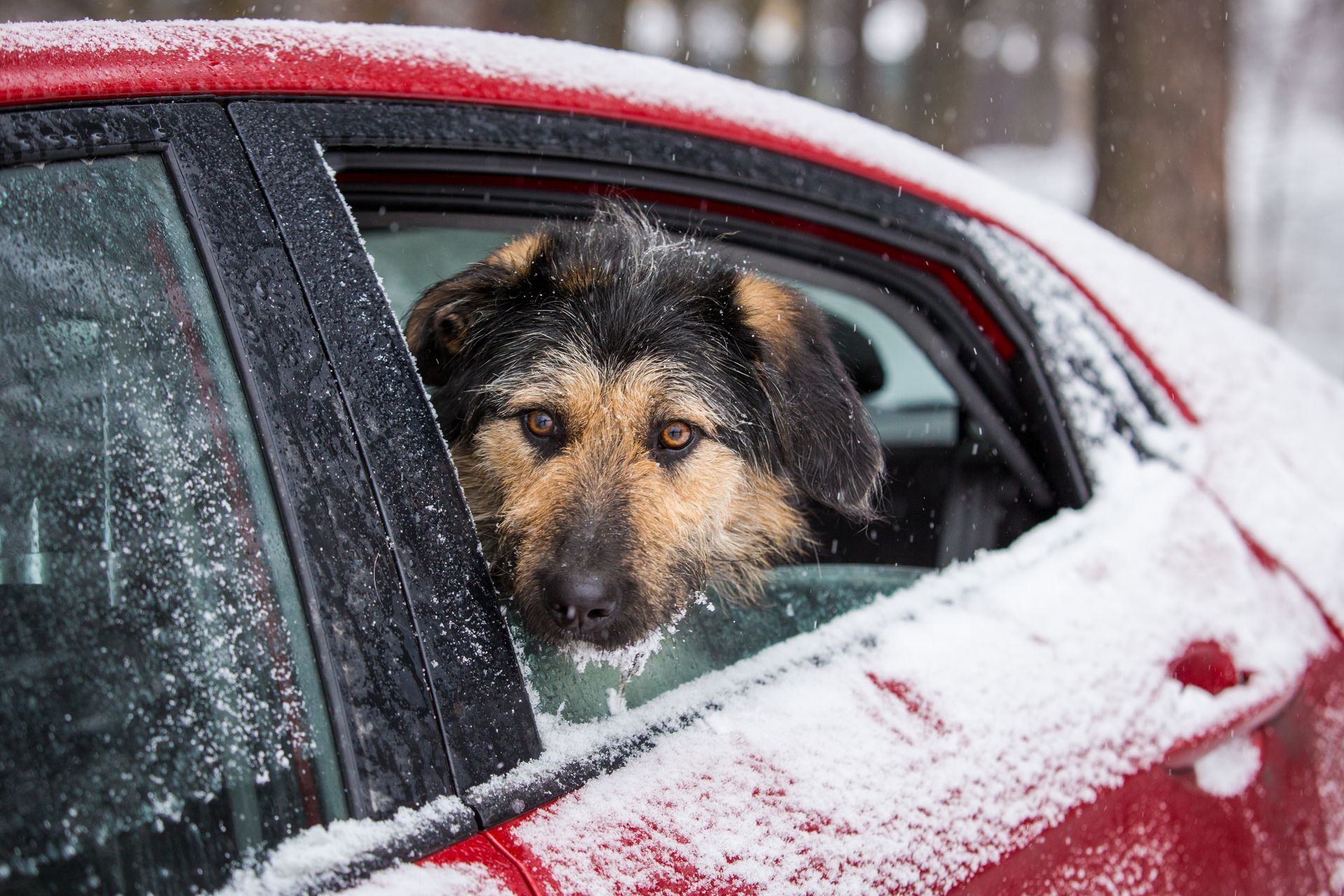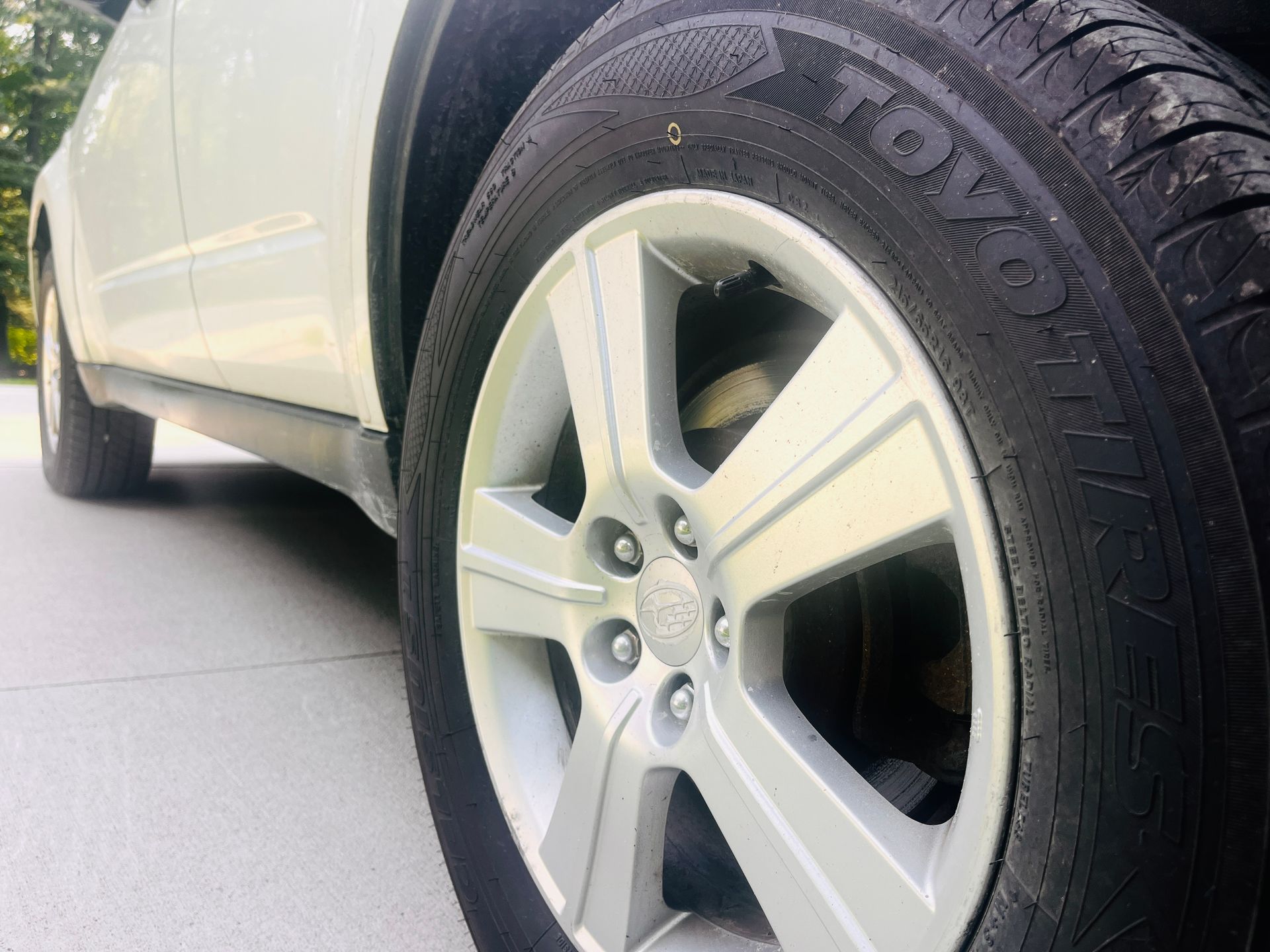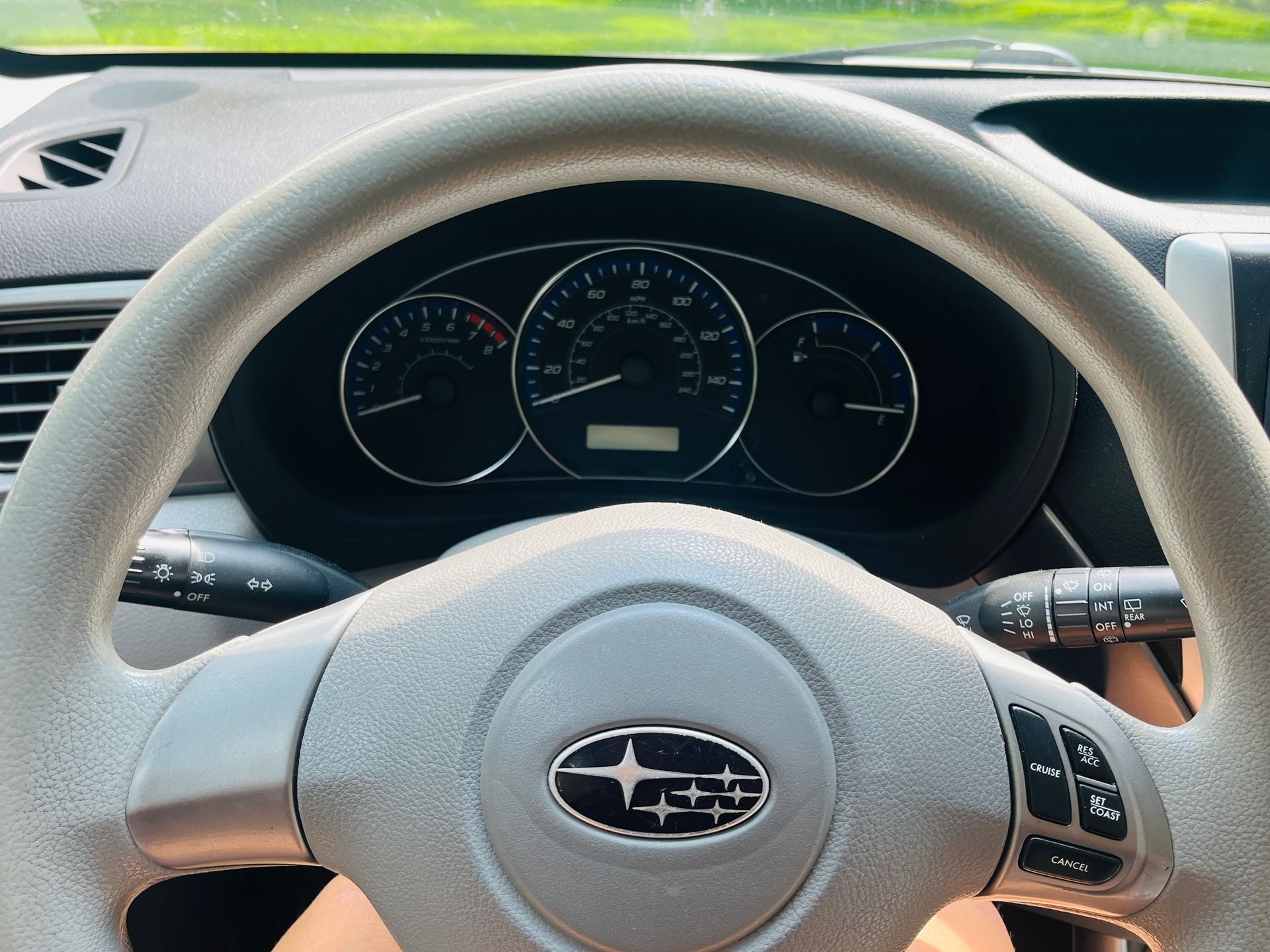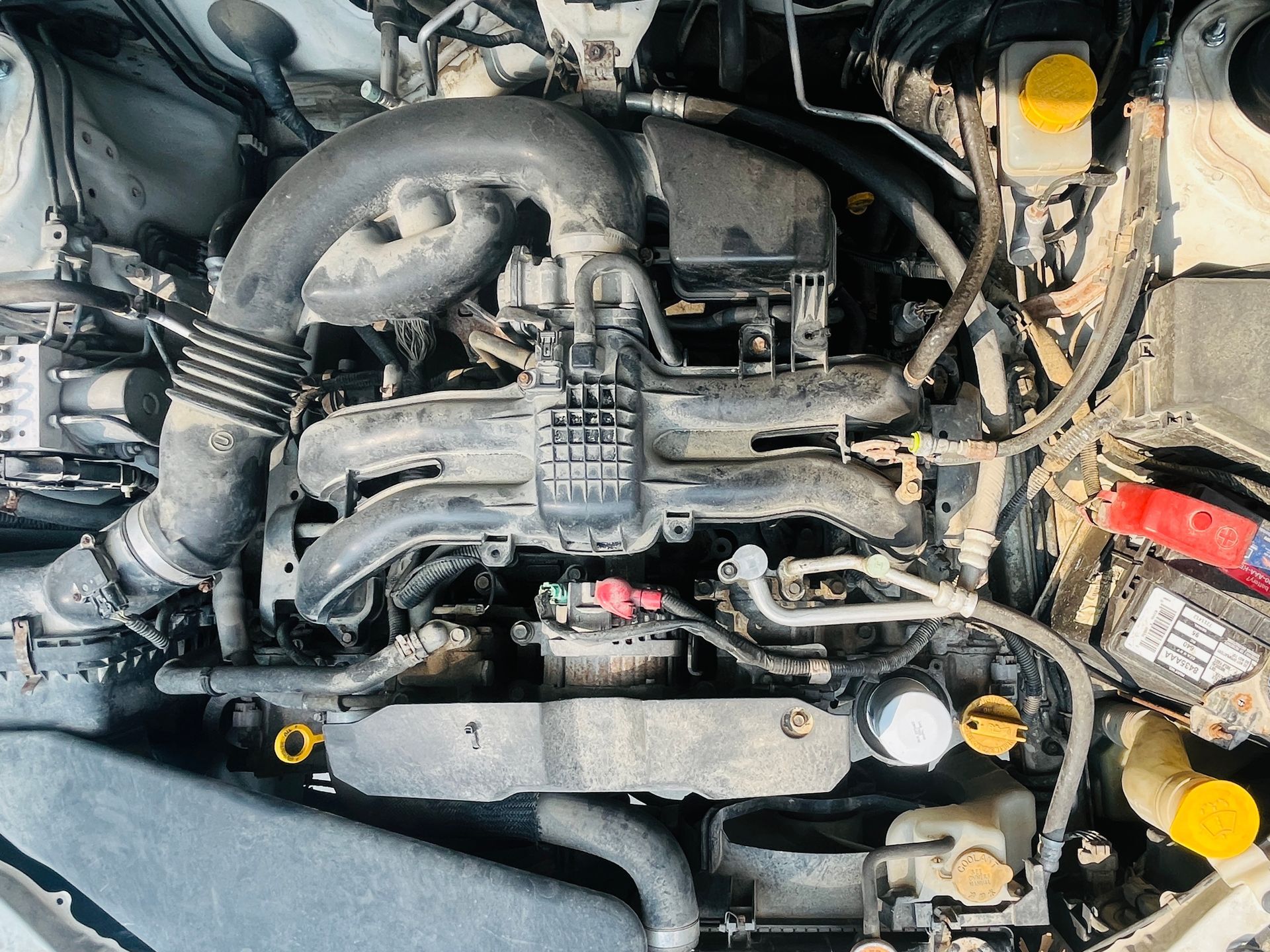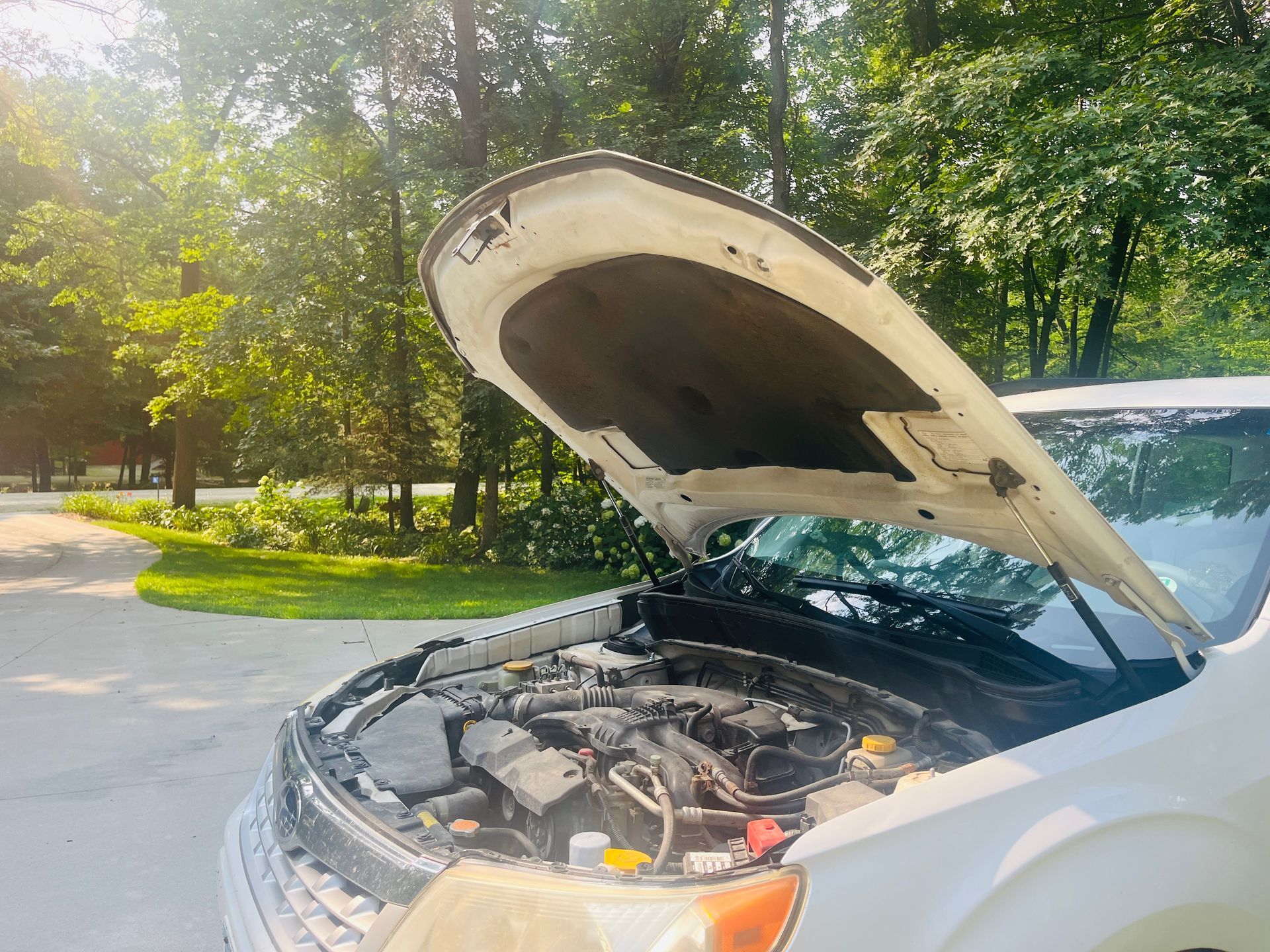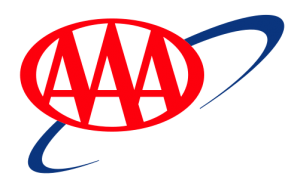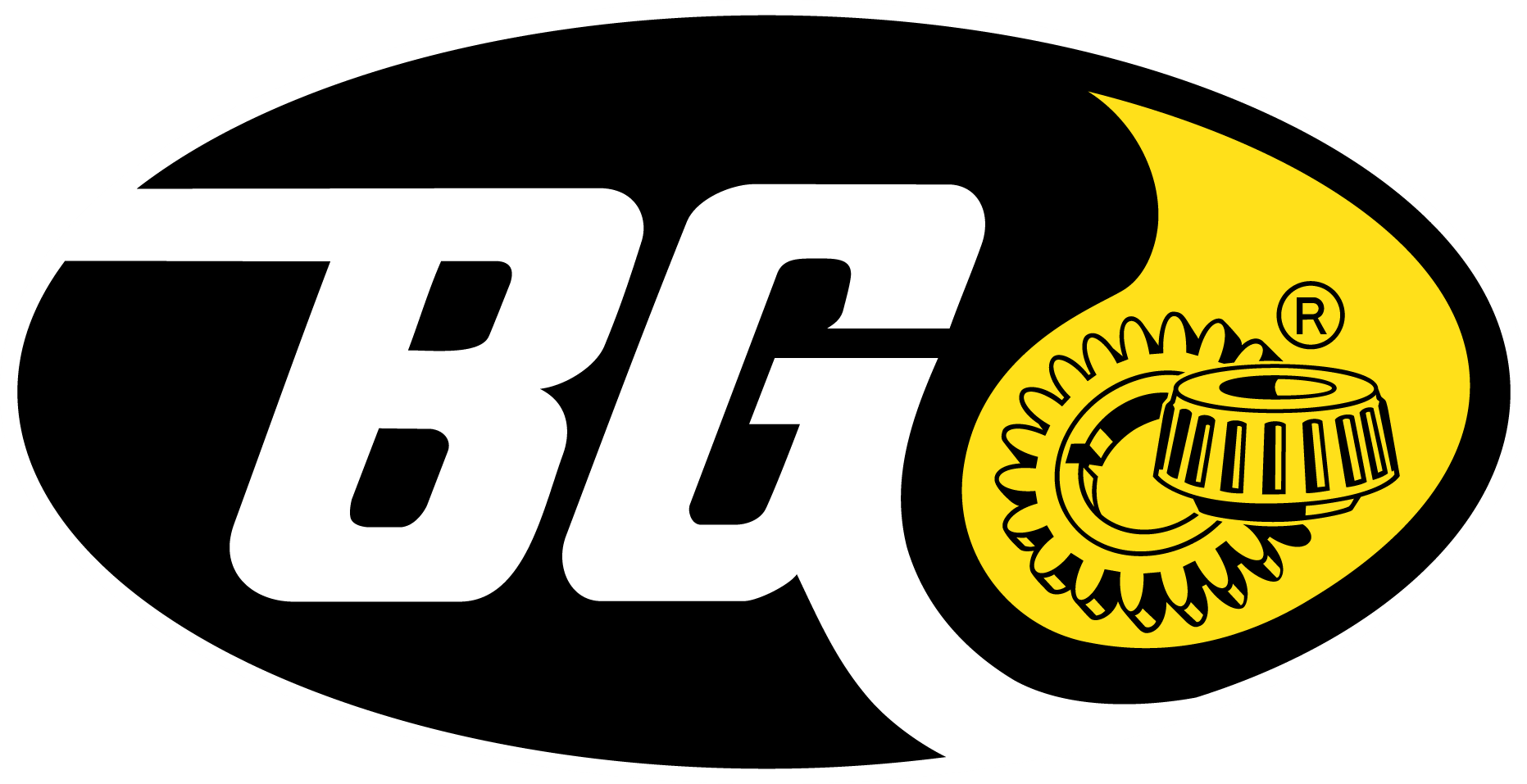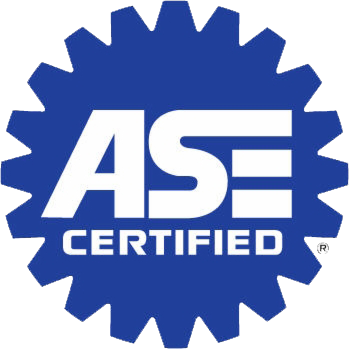Tips for common driving maneuvers
April 7, 2016
Do you have a teachable spirit? When I was younger, I was open to learning new things. However, if I had a strong opinion about something or did something a certain way, even if it was the wrong way, my mind was closed to others giving me direction, advice or opinions. As I have grown, this has changed and though there are still some things I am bull-headed about, my spirit is mostly teachable.
Recently I had the honor of putting this to the test in my marriage. Though it's pretty good, like with most things, there's always room for improvement-and repairs and maintenance are just as important in marriages as they are in vehicles. So together, my husband and I slipped away for a day for an intensive session with marriage coach Dan Farm.
He educated and coached us on an array of things: discovering what needs we each have, communication tools, and opening our minds to things we never would have thought of had we not been open and teachable. We have also been able to apply what we've learned to other relationships in our lives-with our children, parents, friends and business team!
Because Dan is well-trained, experienced, and practices what he preaches, we were more receptive to his guidance. Keeping with this same thought, I've enlisted the help of an expert in driving laws/behaviors.
Adam Newbloom, owner and director of the Enhanced Driving Institute, has a passion for driving education and has shared top driving maneuvers or laws motorists are confused about or fail to follow.
Perhaps your spirit will be more teachable as you read his advice and strive to follow it because of the extensive experience he has.
- Right turn on red is required if there are no pedestrians or traffic threats. You must signal to the right, come to a complete stop behind the limit line, move forward when the crosswalk is clear and then make your turn when it is safe. Watch for pedestrians or threats to your right, as many drivers get too focused on traffic to the left.
- Turn into the closest lane. This is the law and provides a smoother flow of traffic during turns. For one, oncoming traffic
can turn at the same time as you, as they take their closest lane and you take yours. You also become predictable to pedestrians and other motorists. We have seen many close calls from drivers who are not paying attention and just take the lane they want instead of the lane they should be taking. - Enter the highway at the speed of traffic. Highway traffic has the right of way to those entering the highway. When entering the highway, find your gap in traffic and adjust your speed appropriately. Activate your turn signal and merge into that gap. Traffic does not have to move over or adjust their speed for the person entering ; it is the person entering the highway that must do their best to minimize the disruption to the flow of traffic.
- When you exit the highway, do not slow down until you are on the exit ramp or in the lane that merges off the highway. Many people slow down as they approach the exit lane, which can disrupt the flow of traffic behind them.
- Stop for school bus stop signs. The only time you do not have to stop for a school bus stop sign is if you are separated from the bus by a divider, such as a grass median or physical divider. A center turn lane is not a divider so you are still required to stop. They have started putting cameras on school buses to cite people who violate the stop sign rule.
- On a highway with three lanes, the left lane is the passing lane, the center lane is the through traffic lane and the right lane is for entering and exiting. If your exit is more then 1 mile away, you should be driving in the center lane. Once you are within 1 mile of your exit, it is appropriate to do a lane change into the right lane. Driving in the enter/exit lane "just because" disrupts the flow of those getting on and off.
- Using the center turn lane. About half to a full block before your left turn, activate your turn signal, check mirrors and look over your left shoulder to make sure the lane is clear. Move into the center turn lane then start slowing down. Do not slow down before entering the center turn lane. You do not need to stop in the turn lane unless there is oncoming traffic or if pedestrians are in the intersection. If you have to stop in the turn lane, make sure you keep your wheels straight. Do this because if you are rear-ended you will go straight ahead instead of being pushed into oncoming traffic.
- Roundabouts provide a more balanced traffic flow along with minimizing the costs incurred from a traffic light controlled intersection. In the US, roundabouts can lead to confusion, as we are not used to merging with moving traffic in residential areas. As you approach a roundabout, plan ahead. Watch traffic within and approaching the roundabout from all sides. Remember, the idea is to not stop unless the roundabout is congested.
You should approach and plan your speed to blend in with the flow. You do not have to signal when entering the roundabout. Legally, you do not have to signal when you exit the roundabout; however it is helpful to other driver's who are trying to enter.
I think advice from others is better taken if it comes from an expert or someone you trust. Advice is best received by someone with a teachable spirit. I am amazed at how much I have learned over the past weeks-not only in relationships from Dan but how to be a better driver from Adam. Perhaps you have a teachable spirit as well and will glean much from Adam's driving reminders as well!
By Jeana Babcock

